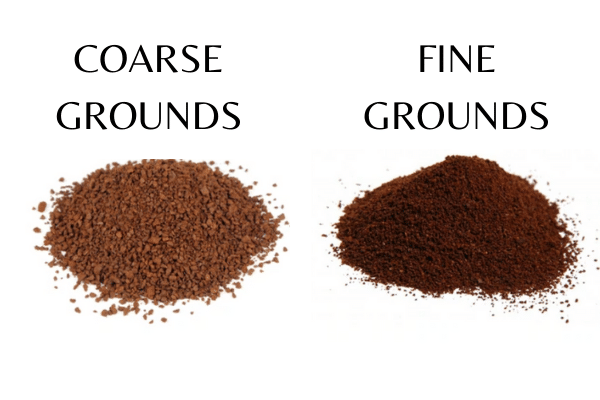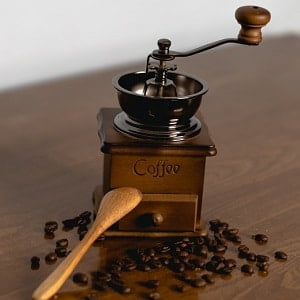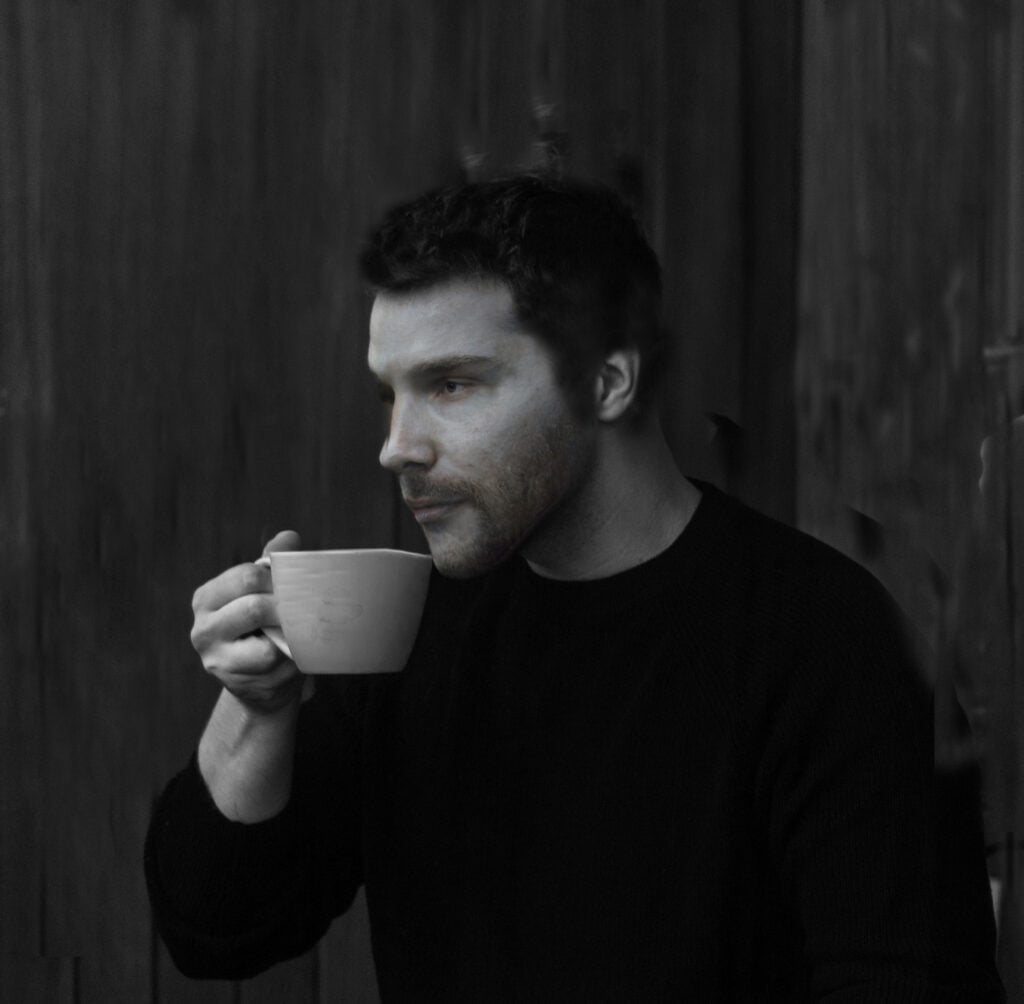The best grind size for espresso is fine. Fine grind size is used in Espresso as it has a larger surface area and allows for a more efficient extraction of flavor and aroma compounds from the coffee. In addition, a finer grind can be more effective at creating the pressure that is necessary for brewing espresso.
For those serious about pulling legit espresso shots at home, dialing in the right grind is absolutely crucial. The grind size is important in extracting all those rich and syrupy flavors.
Go too coarse and your espresso will be under-extracted, thin, and lacking body. Too fine and you’ll end up with an over-extracted, bitter mess.
First, how Fine Is Espresso Grind?
In terms of size, the Espresso coffee grounds should be around 0.2 to 0.3 mm.
To give you a little perspective the grind size for Drip and Pour Over coffee is Medium (0.5 – 0.7mm) and for the French Press and Cold Brew is Coarse (0.9 – 1.1mm).
Espresso grind should look like fine sand with a consistency that is similar to powdered sugar. The size of the grind particles should be uniform to ensure even extraction.
The perfect espresso grind should not be too powdery or too chunky. As James Hoffmann, a world-renowned coffee expert, says, “The perfect espresso grind is like table salt, not too fine, not too coarse.”

Here’s a Detailed guide on Grind sizes for different brewing methods
How to Dial in Grind Size for Espresso
There are five rules of thumb you must keep in mind while Dialing in the Espresso grind size.
- Start from the medium-fine grind settings (around 0.35-0.4 mm) and tweak from there to achieve the perfect taste
- Make it as fine as you can till you suspect Chanelling is taking place.
- The Grind size also depends on the roast of coffee beans – Go extra fine while using light roasted beans and go for medium fine settings while using dark roasted beans.
- Purging is essential – You have to waste some coffee grounds when you change the grind settings to achieve consistent size. And that’s frustrating because some grinders need a lot of purging resulting in wasted coffee. But it’s a necessary evil to achieve the perfect taste.
- Only change one variable at a time – Don’t change the final yield, water temperature, or any other variable while playing with the grind size.
What setting should a grinder be on for espresso?
Here are some of the popular coffee grinder settings for espresso.
| Coffee Grinder | Grind Settings |
|---|---|
| Bratza Encore | 4 – 9 |
| OXO Brew Conical Burr Grinder | 1 – 3 |
| Eureka Mignon Burr Grinder | fine |
| Cuisinart Professional Burr Mill | 2 – 4 |
| Krups Burr Grinder | 2 – 4 |
| Capresso infinity Burr Grinder | 2 – 4 |
| Hario Skerton Pro Manual Grinder | 4 clicks |
How Does Grind Size Affect the Taste of Espresso?
Grind size has a profound effect on the taste and texture of your Espresso shot. Going fine can make your shot stronger and more intense, but you also need to be careful not to over-extract, as this can lead to overly bitter flavors. Going on a little coarser side can make a weaker shot with less body, but there’s less risk of over-extraction and bitterness.
Finding the right balance between grind size and extraction time is key to creating a delicious and balanced shot of espresso.
The right grind size is a compromise between the sweetness of under-extraction and the bitterness of over-extraction.
A little history about espresso; people discovered that to brew faster they needed a finer grind size, but this presented a problem since water cannot easily pass through fine coffee grounds.
So in the early history of coffee machines different methods are suggested to pass the water through fine coffee grounds at higher pressure.
And traditional espresso machines were designed to generate and sustain a pressure of 9 bars, achieved through incorporating pumps or manual levers.
However, this high-pressure brewing can cause channeling, and the finer you go, the more likely water will find easier pathways resulting in Channeling Espresso.
Blade vs Burr Grinder | What’s Best for Espresso?
Blade grinders chop the beans unevenly, resulting in inconsistent grind size and flavor. Burr grinders, on the other hand, crush the beans between two burrs, resulting in a consistent grind size and flavor.
Burr grinders are the best choice for grinding coffee beans for espresso as it produces a consistent grind size.
Never use a Blade grinder for grinding beans for Espresso, It’s better to buy pre-ground coffee instead.

What are the best coffee beans for Espresso?
The best coffee beans for espresso are a dark roasted blend of both Arabica and Robusta. The ratio of the blend depends on personal preference, but most espresso blends have a higher percentage of Arabica beans.
While a 100% arabica bean can produce a decent espresso, adding 20-30% robusta to the blend is a common practice. The robusta beans contribute to a thicker, more full-bodied texture to the espresso shot when compared to arabica beans alone.
The Dark Roast coffee beans from Lavazza are my personal favorite for espresso.
Here’s a list of the best tasting Espresso Beans
Final Thoughts
As a coffee lover, I understand the importance of a perfect espresso shot. From my personal experience, I can say that grind size is the most critical factor that affects the quality of the shot.
Making the perfect espresso shot requires attention to detail and precision. It’s essential to use the right equipment and techniques to ensure a consistent and balanced flavor.
Have any espresso grinding questions or suggestions? Do let us know in the comments!
FAQs
Does grind size affect crema?
Yes, grind size affects crema. If the grind size is too fine, the shot will become over-extracted, resulting in too foamy Espresso. If the grind size is too coarse, the shot will remain under-extracted, resulting in weak and thin crema.
How do you know if espresso is too fine?
If the espresso shot is pouring very slowly, then your grind size might be too fine. The ideal espresso shot should pour in 25-30 seconds and have a volume of around 1-1.25 ounces.
Is finer grind more bitter?
In general, a finer grind of coffee can result in a more bitter taste as it leads to the over-extraction of flavors from coffee grounds.
However, if the brewing time is reduced to compensate for the increased surface area, the finer grind may not necessarily result in a more bitter taste.





